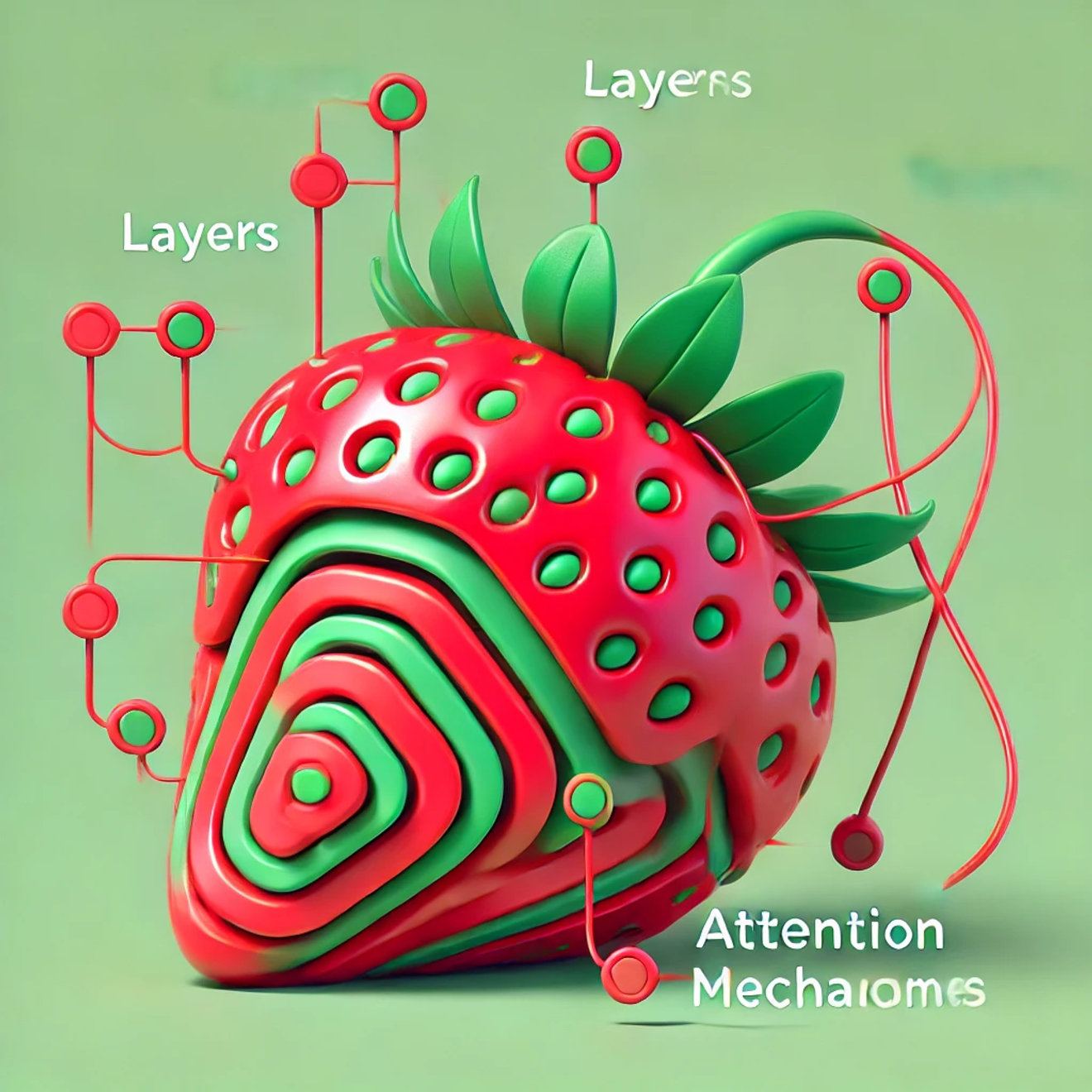- ≪장애인인식개선신문≫ [장애인인식개선칼럼]장애인 감수성 과 AI 보조기구의 역할
- [장애인인식개선칼럼]장애인의 감수성에 AI 보조기구의 역할 © 장애인인식개선신문(장애인인식개선신문=최봉혁 칼럼니

(durumis=Choi Bong-hyuk Columnist) The Role of AI Assistive Devices in the Sensitivity of People with Disabilities
(Disability Awareness Newspaper=Choi Bong-hyeok Columnist) The Role of AI Assistive Devices in Disability Sensitivity
[Disability Awareness Column] In modern society, the advancement of Artificial Intelligence (AI) technology is bringing about revolutionary changes in the lives of people with disabilities.
In particular, AI assistive devices are playing a crucial role in respecting and enhancing the sensitivity of people with disabilities.
Sensitivity refers to the ability to understand and respond appropriately to an individual's emotional, social, and physical needs, and AI assistive devices contribute in various ways in this regard.
1. Personalized Support
AI assistive devices learn the individual needs and preferences of users to provide personalized support. For example, AI-based speech recognition systems generate real-time subtitles for people with hearing impairments to facilitate communication, or enhance voice guidance features for the visually impaired. These customized features respect the sensitivity of each individual user and enable more natural and effective interaction.
2. Emotion Recognition and Response
The latest AI technology can recognize user emotions and respond appropriately. For instance, AI assistive devices equipped with emotion analysis algorithms can detect stress or anxiety by analyzing a user's facial expressions, tone of voice, and gestures. This allows the AI to provide functions that promote emotional stability, such as recommending breaks or providing psychologically supportive messages. This sophisticated emotion recognition capability plays a vital role in enhancing the sensitivity of people with disabilities and supporting their emotional well-being.
3. Facilitating Social Interaction
AI assistive devices help people with disabilities interact more smoothly with society. For example, AI-based social robots can act as conversation partners or interpret social cues to guide appropriate conversations. This contributes to enhancing communication with the outside world and reducing social isolation for people with disabilities. Furthermore, these robots continuously learn through their interactions with users, developing more human-like sensitivity.
The ways in which the GPT-01 model contributes to people with disabilities are diverse, and it can play a crucial role in enhancing the quality of their lives and addressing challenges in daily life.
- Key Expected Effects-
1. Enhanced Accessibility
The improved reasoning and problem-solving capabilities of GPT-01 support better accessibility for people with disabilities. Particularly for individuals with visual, auditory, or physical impairments, it can serve as a tool to facilitate easier access to information and services.
Example
Through speech recognition and generation technology, visually impaired individuals can convert text information into audio for reading, while those with hearing impairments can convert voice commands into text for use.
By utilizing automatic text summarization and translation features, information access is made easier, and complex explanations are simplified, enabling people with disabilities to quickly grasp the information they need.
2. Education and Learning Support
GPT-01 can significantly contribute to personalized education. It can provide an adaptive learning environment for those with learning disabilities or concentration problems, offering customized educational content that matches individual paces, or providing assistance where needed.
Example
Interactive AI Tutor: GPT-01 can provide learning materials tailored to individual learning styles and needs, or answer questions in real-time to support the learning process.
Providing Simple Explanations: It can explain complex concepts more easily, or recognize parts that users find difficult to understand and provide clearer answers.
3. Communication Support
It can help individuals with communication difficulties communicate more smoothly.
When integrated into Augmentative and Alternative Communication (AAC) systems, it can provide faster and more accurate communication methods for those who cannot speak. For example, AI can better understand user intent, suggest appropriate sentences or words, or generate them quickly.
Multilingual Support: It can serve as a tool to automatically convert various languages and grammatical structures, enabling individuals with language impairments to express their thoughts more easily.
4. Increased Convenience in Daily Life
The powerful reasoning capabilities of GPT-01 can help solve various difficulties faced by people with disabilities in their daily lives.
-Virtual Assistant Functions: It supports shopping, scheduling, and complex procedures, finds necessary information, or simplifies complex tasks, providing greater independence in the daily lives of people with disabilities.
-Contextual Understanding: It enables the provision of customized services, offering assistance tailored to the living environment of individuals with disabilities, contributing to decision-making and problem-solving in everyday situations.
5. Emotional Support
GPT-01 can also be useful for emotional support. For those who feel isolated or experience emotional difficulties due to disabilities, AI can provide 24/7 conversation, recognize emotional states, and offer psychological support. This can be particularly helpful for individuals with mental health-related disabilities.
6. Contributing to the Development of Accessible Technologies
GPT-01 can be used as an essential tool for developers to design and improve accessibility-focused applications for people with disabilities. This can contribute to creating an environment where individuals with disabilities can more easily use technology.
OpenAI's GPT-01 model is an innovative tool that can positively impact the lives of people with disabilities in various ways. It can play a crucial role in helping individuals with disabilities live more independently and conveniently in various fields such as accessibility, education, communication, and emotional support. The advancement of such technologies represents a significant leap forward in contributing to the inclusive social participation and improved quality of life for people with disabilities.
Check the main text on the Global AI Assistive Device Research Institute site
![≪장애인인식개선신문≫ [장애인인식개선칼럼]장애인 감수성 과 AI 보조기구의 역할](http://www.dpi1004.com/imgdata/dpi1004_com/202409/2024091528063144.png?width=140&height=140)
Comments0